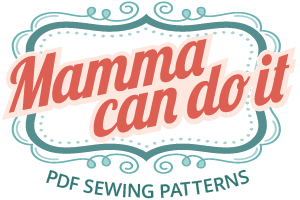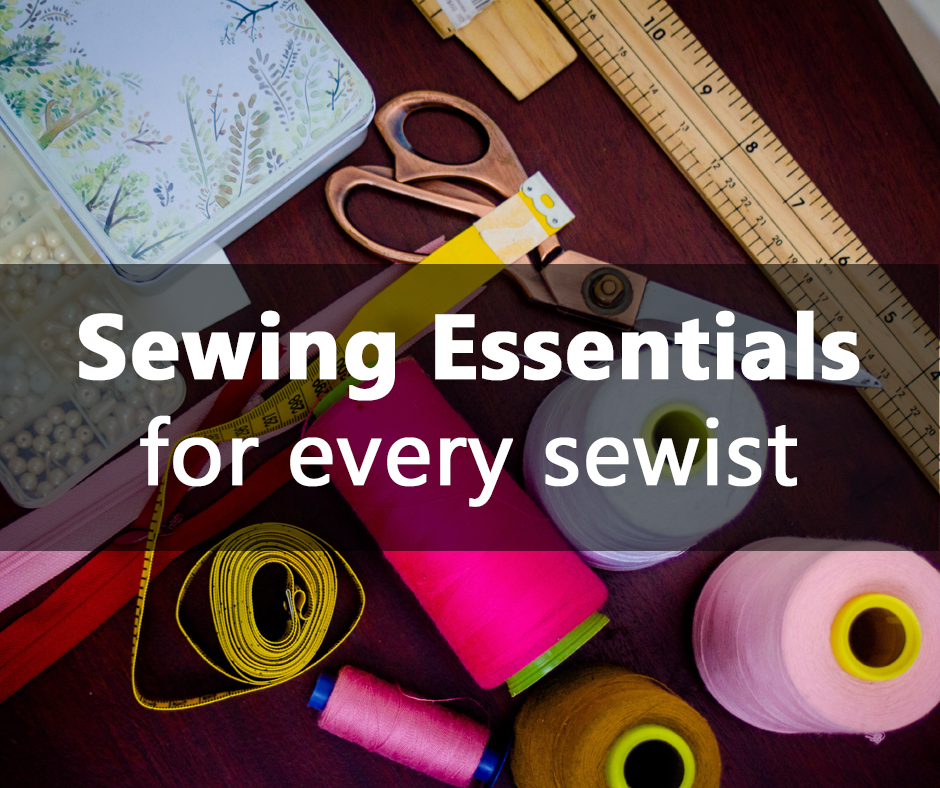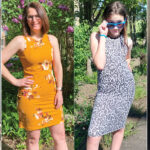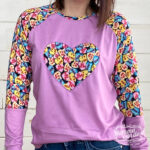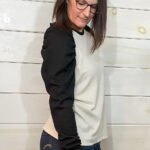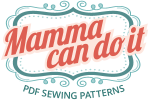We have compiled our essential sewing supply list to help guide you on your sewing journey. You’ll find that your supplies will continue to grow, but there are some must-have’s to get you started. Alongside these essentials, stocking up on interfacing, zippers, snaps, and a variety of fabrics and notions is a great idea. With these sewing supply essentials at hand, you can dive into the world of sewing with one of our easy to follow patterns or a freebie. Below you will find a list of sewing tools and notions suitable for beginners.
Notions
Fabric Marking Pens / Chalk – There are many different options for marking fabric. My favorite way is to use a heat erasable pen because it will disappear when exposed to heat. I also like to use Chalk Markers. Whichever type of tool you decide to use, you do need to check and make sure it will work with your fabric. Test on a scrap before using.
Hem Guage – Used to measure and mark hems accurately and consistently. I also love this hot hem ruler. You can measure, fold and press in one step!
Iron – An iron is an essential sewing tool in my opinion. You will need it for hemming or pressing seams, it’s great for wavy seams. I love my Rowenta. Along with an iron, you will also need an ironing board or pressing mat. A pressing mat is a great option if you don’t have a lot of space.
Ruler – I like using an acrylic ruler because they are clear so you can see the fabric underneath. They also help with cutting straight lines and angles.
Seam Ripper – Sewing mistakes are bound to happen and a seam ripper will make the learning process that much easier. They are great for removing stitches. This little set is great because it also includes a pair of snips.
Sewing Clips or Pins – Pins and sewing clips are used to hold layers of fabric together. I usually use clips but there are times that using pins is a better option. I like to use them to mark openings or when I need to be percise.
Tape Measure – Taking body measurements regularly with a flexible measuring tape is critical to ensure accuracy of fit, especially if you’re unsure about a measurement.
Cutting
All-purpose scissors – You will need a pair of scissors to cut everything else out, like paper or zippers.
Cutting Mat – I recommend using a self-healing cutting mat. It prolongs the lifespan of cutting tools and serves as a protective surface. Cutting mats often feature grid lines, measurements, angles, and markings, that help in achieving precise cuts, angles, or dimensions.
Fabric Scissors and/or Rotary Cutter – Fabric scissors are designed with an angled handle to keep them flat when cutting fabric out from patterns. Rotary cutters do the same but with more accuracy.
Pinking Shears – Pinking Shears create a zig-zag pattern on fabric to help prevent wovens from fraying. This is a basic way to finish the edge of fabric.
Small Snips – These small snips are great for triming thread or cutting small snips in fabric.
Machines
Sewing Machine – There are many great options out there for sewing machines. It’s really about how much you want to spend and what you want to use it for. I love Brother machines but really it’s up to you. This is the sewing machine I have.
Serger – A serger is one of those optional items but it makes sewing with knits easier and adds a professional finish on seams. I have a brother 1034D and it’s a great beginner machine. It is easy to thread. If you prefer a Singer, this is a great machine too!
Ready to get started? Pick out your first pattern or start with a freebie.
